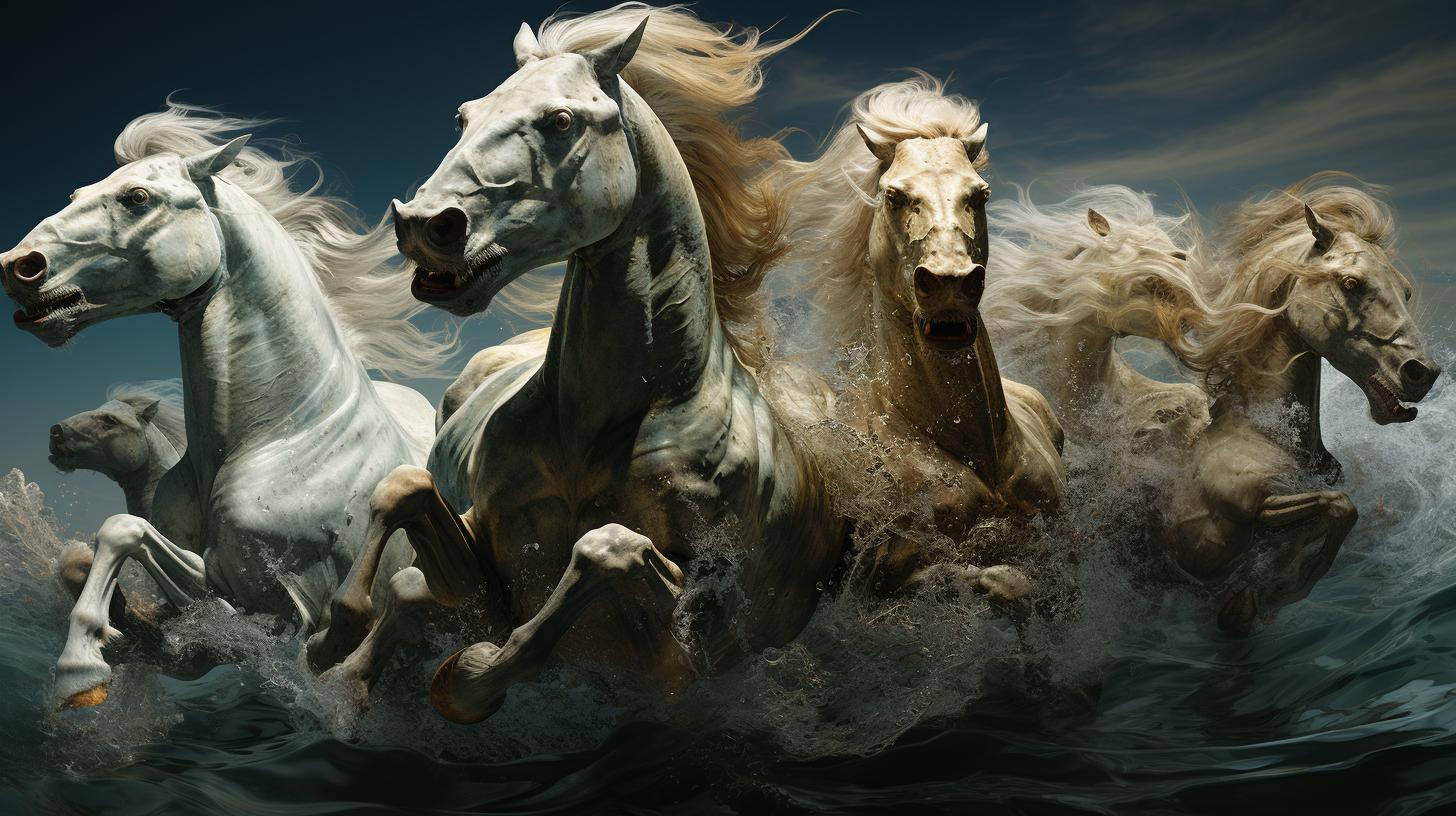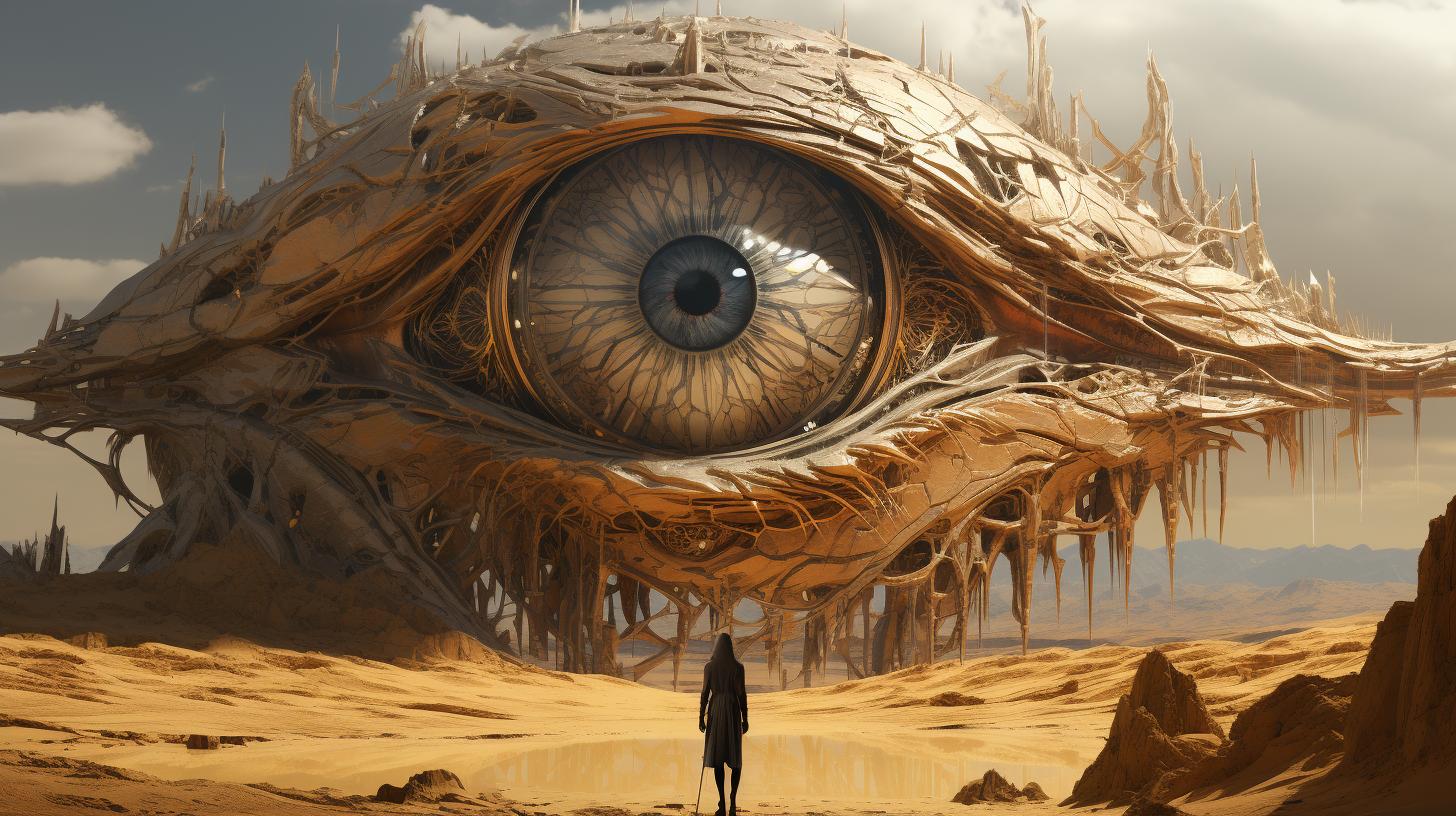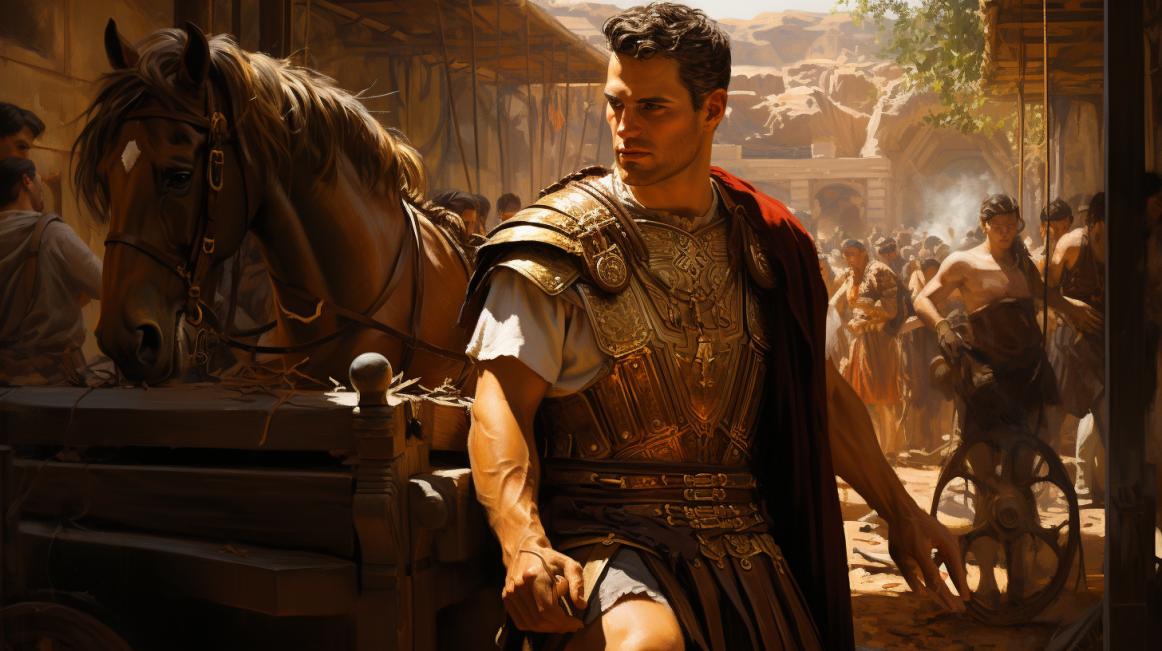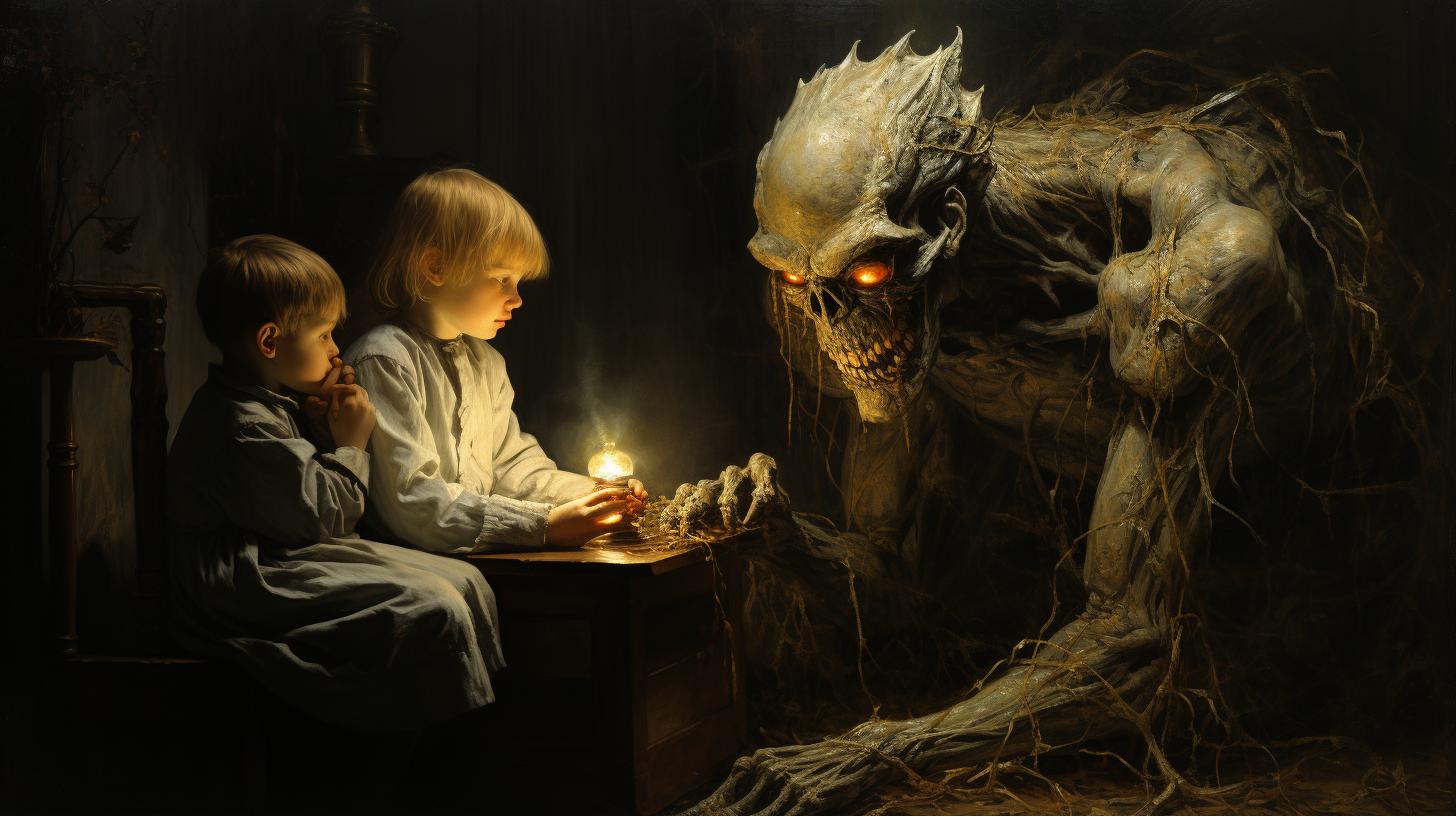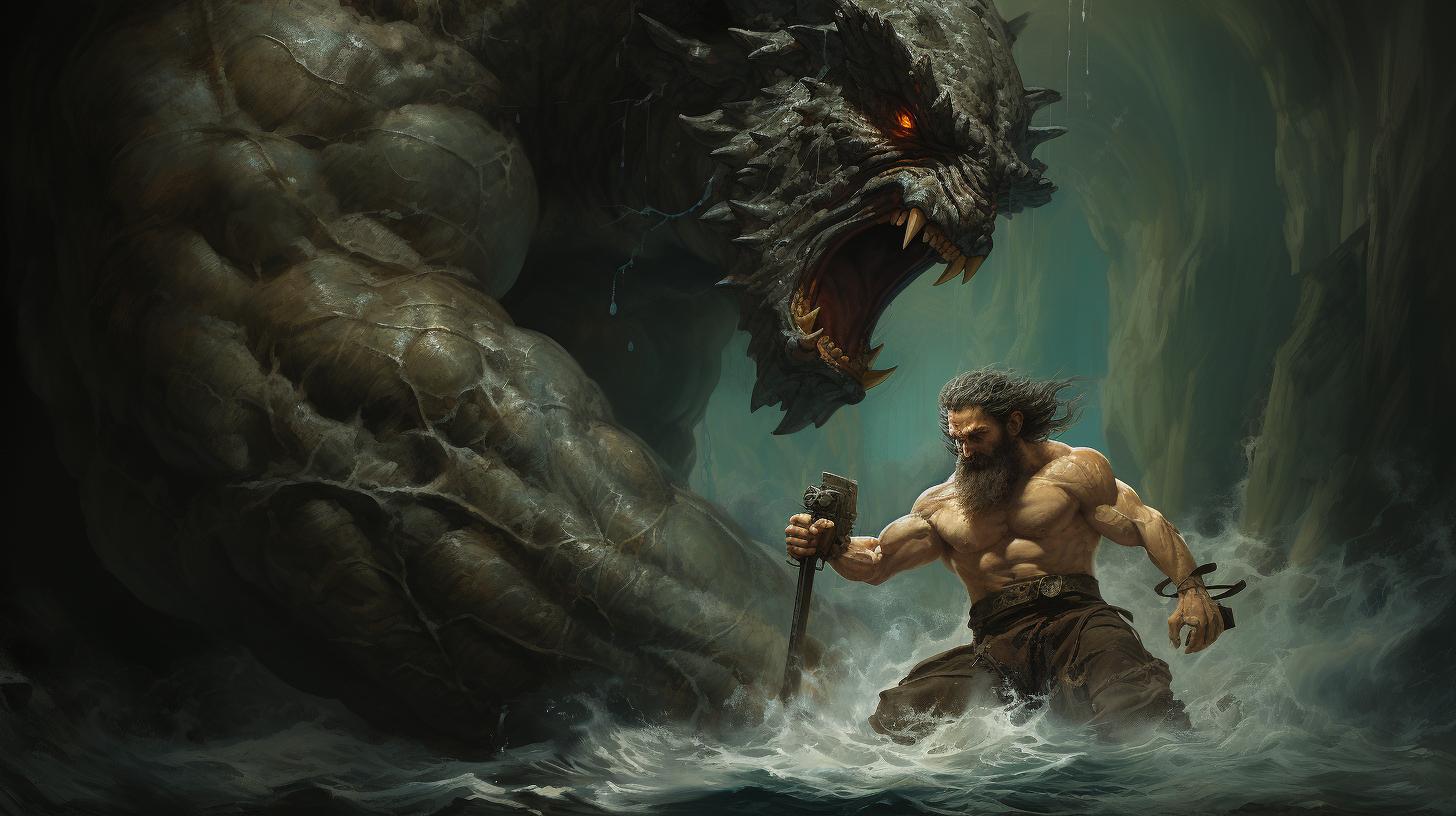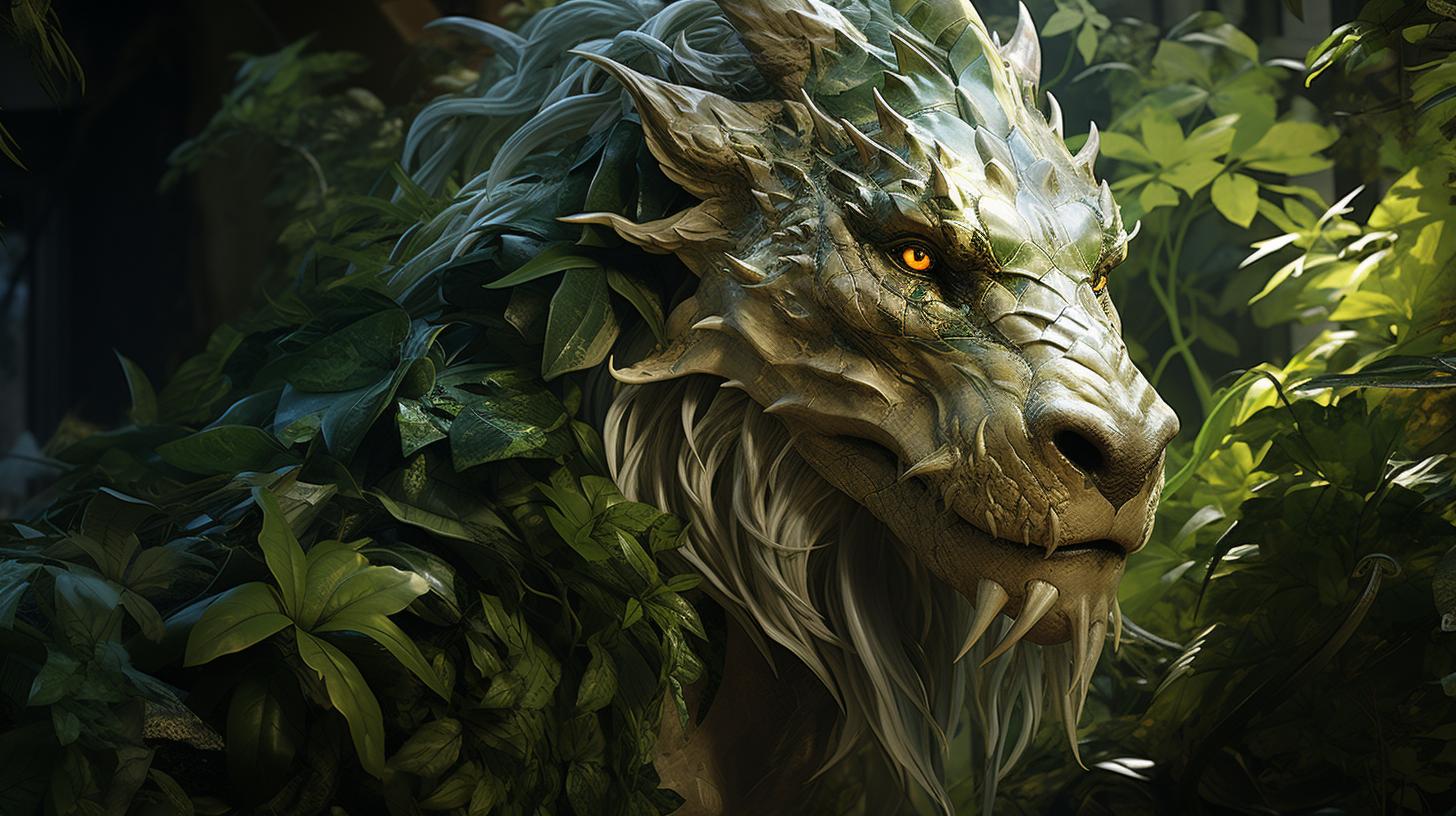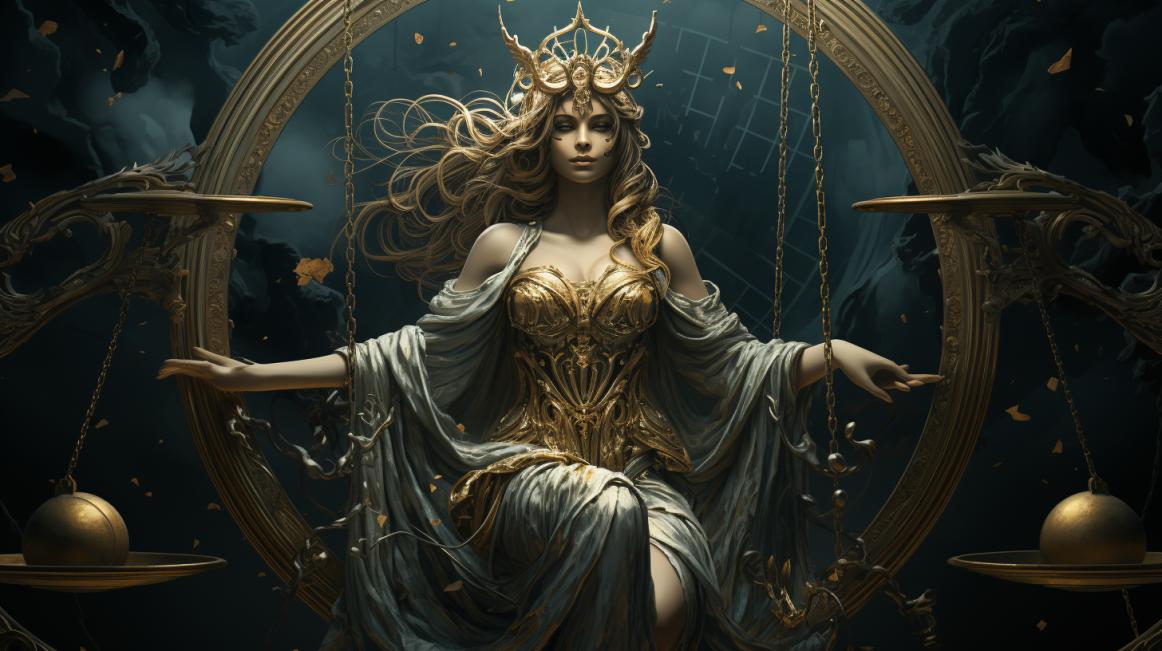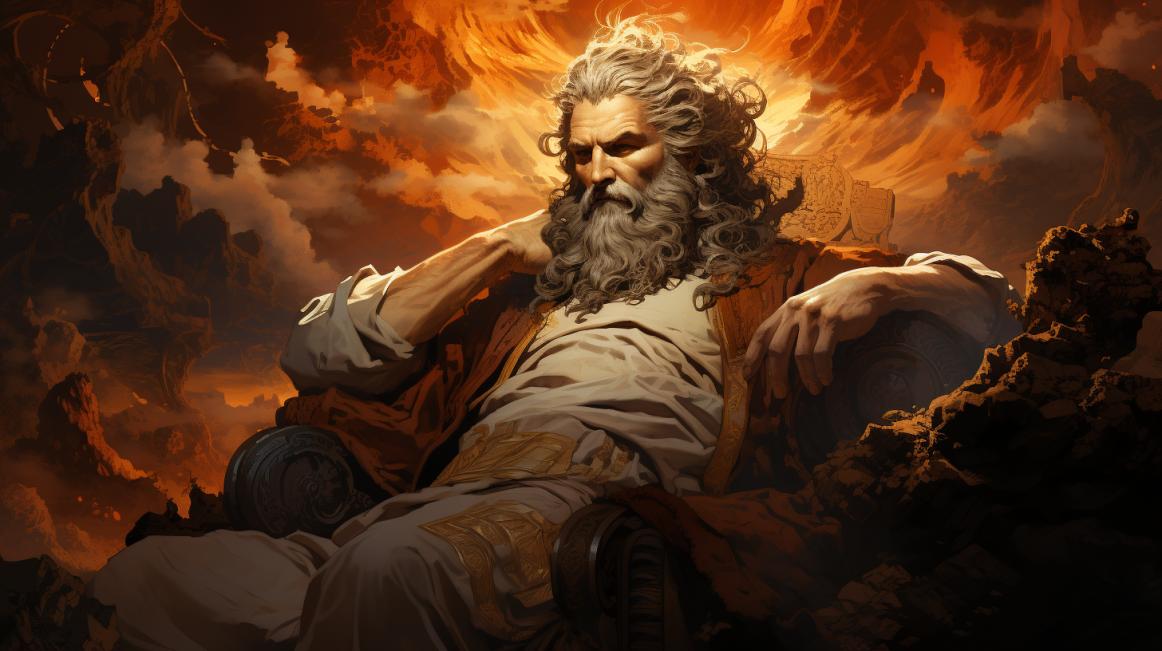Lchthyocentaurs Greek Mythology: Mythical Creatures of Ancient Greece in US English
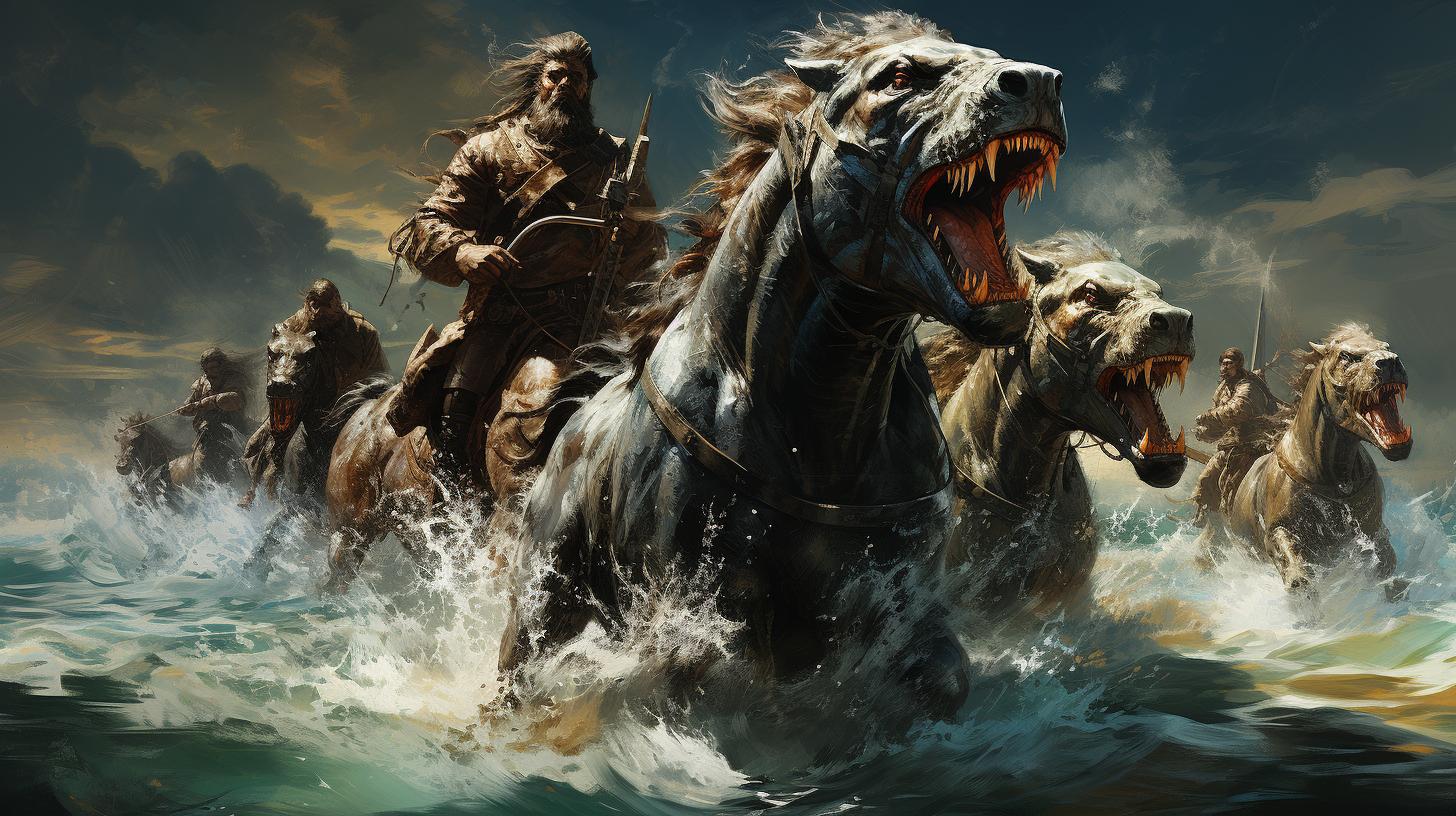
The Lchthyocentaurs, mythical beings from ancient Greek mythology, are fascinating creatures with the upper body of a human, front lower body of a horse, and the rear half of a fish.
These unique beings, often associated with the sea gods Bythos and Aphros, have left their mark in Greek art, literature, and folklore. From early depictions in ancient Greek art to their presence in Roman mosaics, the iconography of Lchthyocentaurs is diverse and intriguing.
References to Lchthyocentaurs can also be found in ancient Greek literature, Renaissance works, and even in modern popular culture, showcasing their lasting impact. These hybrid creatures play various roles in Greek mythology, from guardians of the sea to aiding Poseidon and the Nereids.
They symbolize balance, hybridity, and the forces of nature, leaving a lasting cultural significance.
Mythology Behind Lchthyocentaurs
The mythology of the Lchthyocentaurs delves into the intriguing origins of these hybrid creatures, their associations with sea gods Bythos and Aphros, and their similarities to Tritons and Centaurs.
Origins of Lchthyocentaurs in Greek Mythology
The Lchthyocentaurs have their roots in ancient Greek mythology.
These mythical beings are depicted as having the upper body of a human, the front lower body of a horse, and the rear half of a fish. Their unique form is shrouded in mystery, with various theories suggesting their origin in the depths of the sea or as divine creations.
Associations with Sea Gods Bythos and Aphros
Lchthyocentaurs are closely associated with the sea gods Bythos and Aphros. Bythos personifies the abyss, while Aphros represents the foam of the sea. These deities are often depicted as Ichthyocentaurs in ancient Greek art and Roman mosaics.
The connection with these sea gods highlights the Lchthyocentaurs’ role as guardians of the marine realm.
Similarities to Tritons and Centaurs
The Lchthyocentaurs bear similarities to both Tritons and Centaurs. Like Tritons, they have a fish-like lower body, reflecting their association with the sea. However, they also share traits with Centaurs, as they possess a front lower body resembling that of a horse.
This amalgamation of human, equine, and piscine features gives the Lchthyocentaurs their distinctive appearance.
Iconography and Representations of Lchthyocentaurs
Iconography and representations of Lchthyocentaurs hold a significant place in ancient Greek art and mythology, showcasing the unique fusion of human, horse, and fish attributes. These depictions offer insights into the cultural and artistic symbolism associated with these mythical creatures.
Early Depictions in Ancient Greek Art
Early depictions of Lchthyocentaurs in ancient Greek art highlight their presence in various forms of artistic expression. These early representations emphasize their distinctive features, such as the combination of a human upper body, horse lower body, and fish tail.
Artists portrayed Lchthyocentaurs with meticulous attention to detail, often incorporating symbolic elements like lobster claw-like horns on their foreheads. Their portrayal in ancient Greek art showcases the artistic creativity and craftsmanship of that era.
Late Greek Art and Roman Mosaics
In later periods, Lchthyocentaurs continued to be depicted in Greek art, as well as in Roman mosaics. These representations solidified their prominence in Mediterranean culture and mythology.
Roman mosaics provide vibrant and intricate visual representations of these hybrid creatures.
Notably, Aphros and Bythos, associated with sea-gods and personifying the foam and the abyss, are frequently depicted as Lchthyocentaurs in various mosaic artworks.
Attributes and Features of Lchthyocentaurs in Art
The artistic depictions of Lchthyocentaurs often highlight their attributes and features in intricate detail.
These include their unique physical characteristics, such as the combination of human, horse, and fish elements.
Sculptures and mosaics often portray Lchthyocentaurs with additional details, such as pairs of arms with lobster-like claws emerging from their heads.
These additions contribute to the remarkable visual representation of these mythological creatures.
Through art, Lchthyocentaurs gain a tangible presence, allowing viewers to appreciate their hybrid nature and the artistic interpretations of their existence.
Lchthyocentaurs in Literature and Folklore
References in Ancient Greek Literature
Throughout ancient Greek literature, the Lchthyocentaurs feature prominently as mythical beings with a unique blend of human, horse, and fish characteristics. They are mentioned in various texts, including Homeric Hymns and Ovid’s Metamorphoses, often depicted as benevolent creatures aiding sea gods and playing a role in maritime adventures.
The Lchthyocentaurs’ appearances in these ancient texts showcase their significance and enduring presence in Greek mythology.
Lchthyocentaurs in Renaissance and Modern Works
The allure of the Lchthyocentaurs continued beyond ancient times, captivating the imagination of Renaissance artists and writers. Their hybrid nature and association with the sea inspired numerous works, such as Conrad Gessner’s ‘Historia Animalium,’ where they are described as sea devils.
In more recent times, the Lchthyocentaurs have made appearances in modern fantasy literature and have become beloved figures in popular culture, further solidifying their status as enduring mythical creatures.
Influence on Fantastical Creatures in Popular Culture
The Lchthyocentaurs’ unique appearance and mythical attributes have had a lasting impact on the creation of fantastical creatures in popular culture.
Their hybrid form and association with the sea have served as inspiration for various fictional beings, both in literature and on screen. From mermaid-like creatures with equine attributes to sea-centric centaurs, the influence of the Lchthyocentaurs can be seen in a myriad of imaginative creatures that continue to capture the hearts and minds of audiences today.
Role of Lchthyocentaurs in Greek Mythology
The Lchthyocentaurs play significant roles in Greek mythology, particularly in relation to their connections with Poseidon and the Nereids. They are revered as loyal companions and fierce protectors of the sea and oceanic realms.
Their tales and legends have captivated audiences and showcased their unique abilities and attributes.
Relationships with Poseidon and Nereids
The Lchthyocentaurs have deep affiliations with Poseidon, the Greek god of the sea. They are considered his trusted allies and are often depicted assisting him in various mythological accounts. Their strong bond with the Nereids, the sea nymphs and daughters of Nereus, further highlights their importance as key figures in the marine realm.
Guardians of the Sea and Oceanic Realms
As guardians of the sea, the Lchthyocentaurs fulfill vital roles in maintaining the balance and order of the underwater world. Their hybrid nature, combining elements of humans, horses, and fish, grants them exceptional abilities in navigating the depths and ensuring the safety of maritime creatures and treasures.
Tales and Legends Involving Lchthyocentaurs
The Lchthyocentaurs feature prominently in various tales and legends of Greek mythology. They are depicted as noble and gentle beings, offering aid and protection to sailors in times of peril.
Their appearances in folklore serve to emphasize their benevolence and their status as revered figures in maritime folklore.
Interpretations and Symbolism of Lchthyocentaurs
The Lchthyocentaurs hold deep symbolism and offer intriguing interpretations within Greek mythology. Their unique combination of human, horse, and fish forms represents a harmonious blend of different elements, symbolizing balance and hybridity.
Representation of Balance and Hybridity
The Lchthyocentaurs embody a delicate balance between terrestrial and aquatic realms. With their human and equine characteristics fused with those of a fish, they symbolize the interconnectedness of land and sea.
This balance reflects the harmonious coexistence of diverse forces in nature, highlighting the need for equilibrium in the world.
The hybrid nature of the Lchthyocentaurs further exemplifies their representation of balance.
Their combination of distinct forms represents the merging of different elements into a unified whole. This fusion signifies the integration of disparate aspects, illustrating the ability to bridge gaps and find common ground.
Connections to the Forces of Nature
As creatures born of the sea, the Lchthyocentaurs are closely linked to the powerful forces of nature. Their fish tails symbolize the depths and mysteries of the ocean, representing the ever-changing and unpredictable nature of the sea.
This connection to the forces of nature positions them as intermediaries between the human and divine realms.
The Lchthyocentaurs’ association with sea gods Bythos and Aphros further emphasizes their connection to natural forces.
Bythos personifies the abyss, while Aphros represents the foam. The presence of these gods within the Lchthyocentaurs’ lineage highlights their role as guardians and protectors of the sea, responsible for maintaining the delicate balance of marine ecosystems.
Cultural Significance and Legacy of Lchthyocentaurs
The Lchthyocentaurs’ cultural significance extends beyond ancient Greek mythology. These mythical beings have left an indelible mark on artistic expressions across different periods. Their presence in ancient Greek art, Roman mosaics, and Renaissance works speaks to their enduring legacy and the fascination they continue to inspire.
Furthermore, the Lchthyocentaurs have influenced the creation of fantastical creatures in popular culture. Their hybrid nature and symbolic representations have served as a source of inspiration for writers, filmmakers, and artists, contributing to the rich tapestry of fantasy literature and cinema.
Today, the Lchthyocentaurs stand as enigmatic figures that beckon exploration and contemplation, inviting individuals to delve into the depths of their symbolism and unravel the profound meanings they convey.
.











